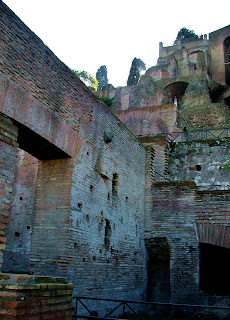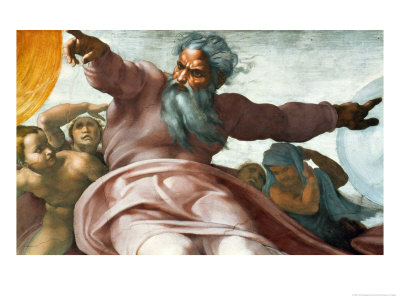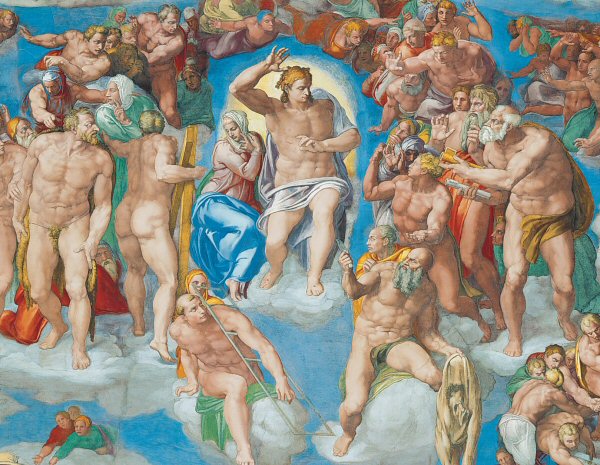 |
| The Roman Forum |

My yearly ritual has begun. That one where I start applying to another school. What will that make this one? School #12. Yes, in total 12, (counting my elementary years, as well...just to clarify). Every year since high school I have either transferred from one school to a different one or have graduated to another level and today I began the process of searching for that next school, the one I'll be going to for the 2012 - ? academic year(s). I'm going to be the next Doctor Grandy! Get ready, UK. The US isn't big enough for multiple Dr. Grandy's. So I'm expanding our territory! But to ensure I'm not setting myself up for a “foot in my mouth” moment, I'm not going to reveal my academic destination. I'll tell you when I've been accepted, how's that for a deal? Letting y'all know this much is all y'all'll get for now.
In the mean time, I'll take a break from the school-related stuff and nonsense and finish up with Part 3 of the Roman Chronicles.
The second day in Rome I woke up with puffy, red eyes that made me look like I had transformed overnight into a 90 year old women, one who spent that night crying until her eyes were swollen shut. Though I suppose if you woke up only to discover you'd aged 66 years in 8 hours you'd be peeved enough to cry, too. Thankfully, my self-consciousness and vanity parted ways and allowed my overwhelming desire to explore a new city take hold.
We met up with Stefania, our guide from the day before, at the site of the ruins of Ancient Rome, the Roman Forum. When you approach from the north you'll see that the ruins are below the ground level of the road. It sits in a small valley between the Palatine and Capitoline Hills.
Railings circle the perimeter of the giant open space that was once a market and meeting place for civilians and politicians alike, the central point of Roman public life. The Forum was once the heart of Ancient Rome and one of the most celebrated meeting places in history. Today, fragments of that history remains.

Each section and plot of land that archeologists are still excavating is roped off, but you can buy a ticket and walk down into the ruins for a closer look.
 |
 As you pass the ticket booth and descend, there is a church on your right hand side which was covered in scaffolding and netting for restorations. The front part of that church, oddly enough, had been completely buried at one time, intentionally, and a whole other level of the church was discovered underground. A complete exhumation of the lower steps and the front of the church revealed a building far more massive than what was exposed for hundreds of years.
As you pass the ticket booth and descend, there is a church on your right hand side which was covered in scaffolding and netting for restorations. The front part of that church, oddly enough, had been completely buried at one time, intentionally, and a whole other level of the church was discovered underground. A complete exhumation of the lower steps and the front of the church revealed a building far more massive than what was exposed for hundreds of years.
Then you've reached the lower ground level and the site for an unbelievable collection of ancient buildings, some of the most important in Roman history. The earliest shrines and temples, including the House of the Vestal Virgins, arches, basilicas, and the House of Senate all sat here together. Due to the Roman practice of building over other ruins and buildings the space is a bit cluttered and is, quite literally, layered in history. And due to the sheer number of of ruins and the depth of history, facts, and names associated with the Forum I'm only going to show you pictures:

Archaeologists under the Napoleonic regime marked the beginning of clearing the Forum, which was only fully excavated in the early 20th century.
 As you walk down the road the Colosseum will rise up in front of you in the distance. Of all the ancient ruins in Rome this one is probably the most famous due to its recent attentions from Hollywood and its feature in gladiator films. However, this elliptical amphitheater truly is a work of genius and more of a masterpiece than anything that has ever or will ever come out of Hollywood. Of course it's always the Emperors who take credit for the creation of these giant buildings and monuments and arches and basilicas, but in my mind at the time we were at the Colosseum I couldn't help but wonder at the mathematical brilliance the architects must have possessed. And the ability to create a solid structure that's lasted this long using manual labor? Unbelievable. How would you even know where to start, where to lay that first block, and how could you coordinate the workers to do it right? How could it even be made by hand and without mortar? How could they know that interlocking bricks at an angle would prove to be more structurally sound and that the tiers or stadium-type seating wouldn't simply collapse under the weight of 50,000 rowdy people?
As you walk down the road the Colosseum will rise up in front of you in the distance. Of all the ancient ruins in Rome this one is probably the most famous due to its recent attentions from Hollywood and its feature in gladiator films. However, this elliptical amphitheater truly is a work of genius and more of a masterpiece than anything that has ever or will ever come out of Hollywood. Of course it's always the Emperors who take credit for the creation of these giant buildings and monuments and arches and basilicas, but in my mind at the time we were at the Colosseum I couldn't help but wonder at the mathematical brilliance the architects must have possessed. And the ability to create a solid structure that's lasted this long using manual labor? Unbelievable. How would you even know where to start, where to lay that first block, and how could you coordinate the workers to do it right? How could it even be made by hand and without mortar? How could they know that interlocking bricks at an angle would prove to be more structurally sound and that the tiers or stadium-type seating wouldn't simply collapse under the weight of 50,000 rowdy people? The only reason part of it was destroyed was because an earthquake shook it half to death.
The Colosseum is one of Rome's most popular tourist attractions, receiving millions of visitors annually. The effects of pollution and general deterioration over time prompted a major restoration program carried out between 1993 and 2000, at a cost of $19.3m.

We also stopped at the Basilica de Saint Clemente, another example of how Rome built over itself.
 |
| Upstairs... |
 |
| ...and Downstairs |
 |
| See how the ceiling cuts off the top of this fresco? This was the original wall that eventually became the crypt. |
One last Michelangelo sighting, his Moses:
 |
| Capita Piscium....on the Arch over the Fish Market |
And last, the Jewish Quarter and it's ancient fish market along the river. I ran out of photo-storage space on my camera so that's where the pictures stopped, which was unfortunate because we stumbled across a very small set of ruins in one of the squares that was overrun with cats. People couldn't access the level of the ruins below the street but those cats sure could.
 |
| The aforementioned fish market arch |
All photos, minus the two panoramics, are mine. And just think, there are about 100 more I didn't post!











































